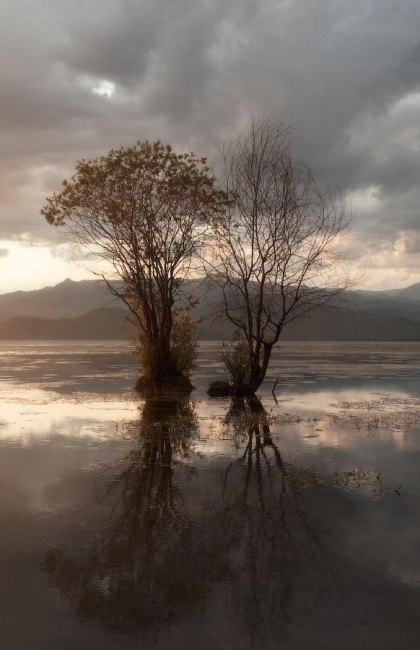Irtysh River
The Irtysh River ranks among the world's longest rivers, meandering through the territories of three nations: China, Kazakhstan, and Russia. Irtysh is a tributary of the Ob River. Remarkably, it surpasses the Ob River in length by nearly 600 kilometers (373 mi), a rarity in nature that often leads people to question whether the Irtysh should be classified as a tributary or an independent river. Its average depth ranges from 6 to 15 meters (20-49 ft).
Originating on the border of China and Mongolia, the Irtysh enters Eastern Kazakhstan, traversing the Zaysan Depression before flowing into Lake Zaysan. Continuing its course through Northeastern Kazakhstan, the Irtysh is fed by various sources. In mountainous areas, its primary sources are snow and glaciers, while in lowlands and valleys, it relies on rainfall.
Where did its name come from?
The etymology of the name "Irtysh" may have both Turkic and Iranian origins. Although some experts lean toward an Iranian root, which translates to "stormy stream," the Turkic interpretation, meaning "a shrew," is attributed to the river's relentless course through rocks, stones, and mountains, much like a shrew burrows through soil. The earliest mentions of the river's name can be traced back to Turkic written sources from the 11th and 12th centuries.
Essential for the economy
Within Kazakhstan, several significant cities line the banks of the Irtysh, including Ust-Kamenogorsk, Semey, Aksu, Kurchatov, and Pavlodar. The Irtysh plays a vital role in Kazakhstan, serving as the primary water source for the country. It supplies drinking water to cities along its banks and, through a canal system, provides water to Astana, Karaganda, Ekibastuz, Temirtau, and more. The river also holds economic importance, with numerous hydroelectric power stations constructed along its course.
The Irtysh is abundant in fish species, including sterlet, ruff, bream, sturgeon, crucian carp, ide, common roach, and zander. Its waters are also utilized for irrigation, benefiting agriculture in the region. The river serves as a waterway, accommodating both tankers and passenger ships.
Historical landmarks
The banks of the Irtysh have been favored by various nomadic peoples throughout history, leaving behind traces of their presence. Notable historical sites include an ancient Turkic writing monument in the Pavlodar Region, the Goose Flight Paleontological Site on the right bank of the river in the same region, and the Yamyshevsky Gate in Semey. The valleys through which the Irtysh and its tributaries flow are rich in historical and archaeological monuments and burial mounds, such as those in the Shilikty Valley and near the Narym River, where the burial grounds of the Pazyryk culture are found.
How to get there?
There are several highways along the Irtysh River, including R-24, R-142, R-147, R-160, R-163, M-38, and R-174.
Tourist attractions near the Irtysh River:
- Kiin-Kerish Tract
- Lake Zaysan
- Ertis Ormany Nature Reserve
- Semey Ormany Nature Reserve
- Bukhtarma Reservoir




_420x650_4ab.jpg)
